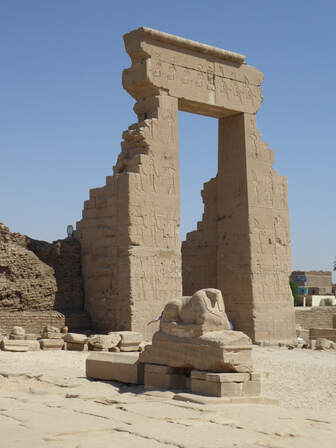
In the news this week, researchers connected to the University of Vienna have developed a metric to measure long-term human wellbeing within the context of sustainability. According to the researchers, existing indicators of wellbeing often fail to consider being alive at all, which led them to develop the Years of Good Life indicator (YoGL). YoGL counts years as good life years if an individual is not living in poverty, is free from cognitive and physical limitations, and is satisfied with life. In particular, the ecological crises we face affect poverty, as well as cognitive and physical limitations and life satisfaction. They suggest YoGL ought to replace other measurements such as GDP and life expectancy, because YoGL accounts for material loss, lost life years, losses in physical and cognitive wellbeing, “as well as for the losses incurred by the younger generations in terms of their human capital resulting from school closings.”
Paralleling the broadening of how people consider living the good life, are there ways music education fails to account for the impacts of environmental sustainability to musicking the good life? The musicologist Christopher Small put forth what is now considered a praxial (in line with those put forth by David Elliott, Tom Regelski and other philosophers in music education) stand on music—that music is a verb in which meaning lies in “social action.” The praxial turn was truly a revolution for music education thought and scholarship in the 1990s. This approach directs music teachers’ attention to relationships uniting a “living world” and musicking as “ritual.” According to June Boyce-Tillman, musicking is a “complex series of encounters” (p. 197) in which musickers create liminal spaces, and she points our field toward opportunities for “education, therapy, [and] peace-making.” Liminality, “on the threshold,” often refers to ambiguity, disorientation, doorways, and uncertainty.
Musicking, as a process, a verb rather than a noun, is naturally liminal. This is the strength and perhaps the weakness of the praxial argument. What might musicking for uncertainty mean? Discomfort and uncertainty are logically entwined for many people. Since people dislike discomfort, they also dislike liminality. In perhaps their best-known article critiquing band, Randall Everett Allsup and Cathy Benedict draw our attention to this problem (among others). We teach students to value “pleasing, non-transformative ways” (p. 170). Transformation is a process, just like musicking for uncertainty. Liminal musicking empowers students, not as pleasers of those in power, but as transformers.
As I said, praxialism was a revolution in the 1990s that continues to today. But, 30 years into the praxial movement, what has been missing? Are these limitations essential to praxialism, or can modifications be made to make our model better? As I argued in my book, we ought to music educate to cultivate citizens who can transform and sustain—liberate and conserve.
What, then, is the music education equivalent to YoGL, allowing us to see the transformational needs of the natural and human worlds and even to realize they are not really two separate worlds—natural vs. human—but one world? A new liminality? This is the challenge my work has sought to solve. We define musicking as social, but then too often limit the social to the human, and we don’t do much better in creating a pedagogy that is both transformative and sustainable. A transformative pedagogy that is ignorant of the natural world is often destructive. it's hit or miss if you can even notice the destructive nature of a particular transformation. Humans are materially able to transform every wilderness preserve into a strip mall or server farm. That is transformation, and perhaps why so many on the left can look to Bill Gates and Jeff Bezos as heroes-of-the-left while the global poor gets poorer and ecosystems are destroyed for their individual profit. Transformation isn’t good unto itself. It is good within a structure that recognizes the balancing act between transformation and conservation—a genuine transformation that is a sustainable transformation. I hope the model I share in my book, a modified praxial model that adds considering the conservative impulse to the liberating impulse, might better help music educators to recognize life sustaining transformation, and avoid the pitfalls of destructive transformation.
To end this post, in my recent review of Juliet Hess’s wonderfully praxial book, Music Education for Social Change, I draw readers’ attention to one of Hess’s references, Siddhartha, and his use of earth spirituality as a counterweight to possible destructive transformations in Freirean pedagogies. Here educators are called to conscientization of our deep interbeing with “pollution of air, water, and earth,” truly challenging the centering of Western philosophy above non-Western thinkers and ideas. Perhaps my modified praxial music education philosophy will take hold in the 2020s in the same way praxialism did in the 1990s and aestheticism did in the 1970s.
DS
Link to photo of The Temple of Hathor at Dendera, https://upload.wikimedia.org/wikipedia/commons/0/07/Gateway%2C_Dendera.jpg
 RSS Feed
RSS Feed
